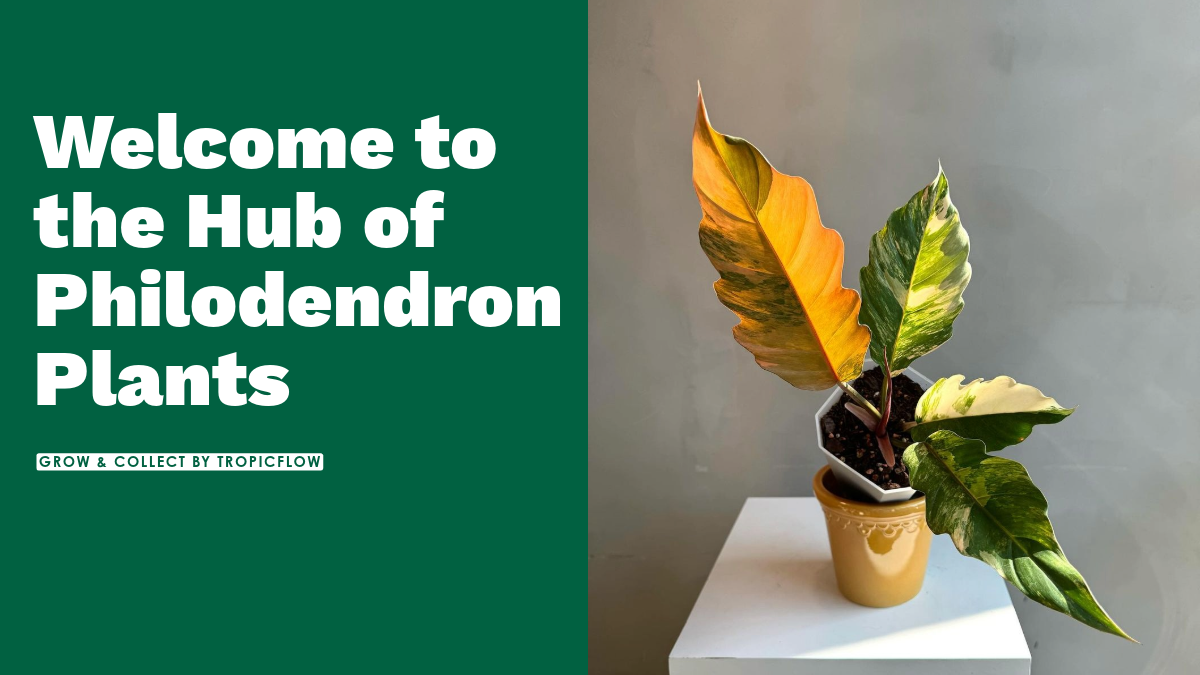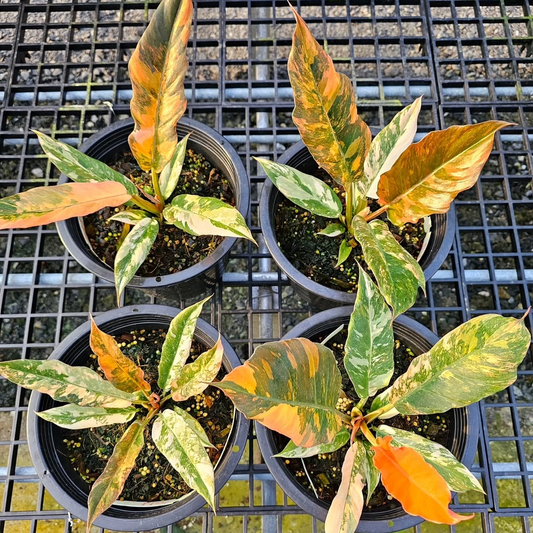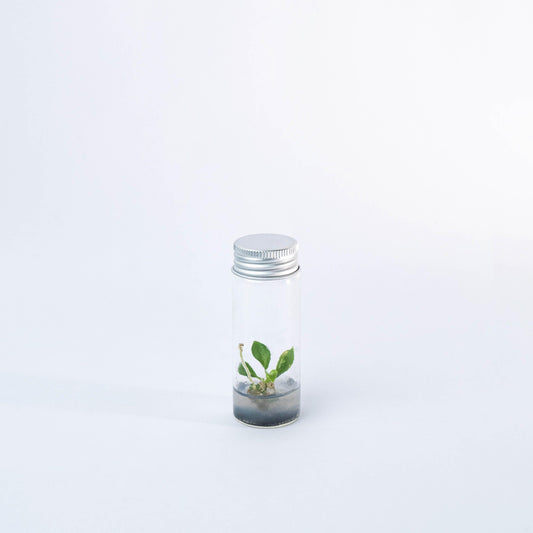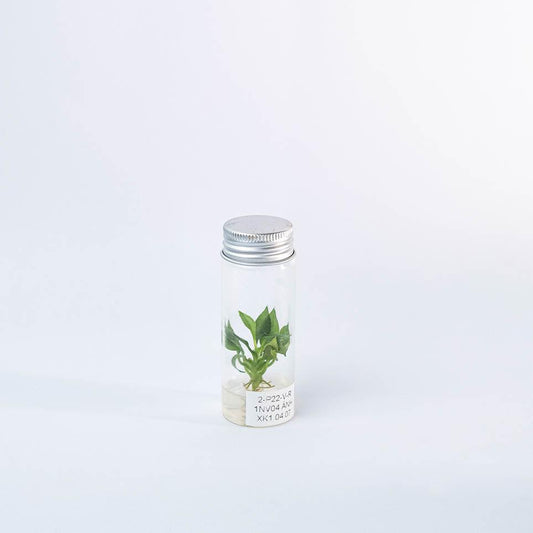Variegated Philodendron Plants
-
Variegated Philodendron White Wizard Tissue Culture Plant
Vendor:Tropicflow's Indoor PlantsRegular price $9.99 USDRegular priceUnit price per -
Variegated Philodendron Jungle Fever Tissue Culture Plant
Vendor:Tropicflow's Indoor PlantsRegular price $14.99 USDRegular priceUnit price per -
Variegated Philodendron Snowdrift Tissue Culture Plant
Vendor:Tropicflow's Indoor PlantsRegular price $12.99 USDRegular priceUnit price per -
Variegated Philodendron Red Congo Tissue Culture Plant
Vendor:Tropicflow's Indoor PlantsRegular price $89.99 USDRegular priceUnit price per -
Variegated Philodendron Painted Lady Tissue Culture Plant
Vendor:Tropicflow's Indoor PlantsRegular price $12.99 USDRegular priceUnit price per -
Philodendron Ring of Fire Gold Tissue Culture Plant
Vendor:Tropicflow's Indoor PlantsRegular price $12.99 USDRegular priceUnit price per -
Variegated Philodendron Ring of Fire Tissue Culture Plant
Vendor:Tropicflow's Indoor PlantsRegular price $12.99 USDRegular priceUnit price per -
Philodendron Joepii Tissue Culture Plant
Vendor:Tropicflow's Indoor PlantsRegular price $9.99 USDRegular priceUnit price per -
Variegated Philodendron Pink Princess Mature Plant 3.5 inches
Vendor:Tropicflow's Indoor PlantsRegular price $70.00 USDRegular priceUnit price per -
Variegated Philodendron White Princess Mature Plant 3.5 inches
Vendor:Tropicflow's Indoor PlantsRegular price $25.99 USDRegular priceUnit price per -
Variegated Philodendron Pink Princess Tissue Culture Plant
Vendor:Tropicflow's Indoor PlantsRegular price From $9.99 USDRegular priceUnit price per -
Variegated Philodendron Caramel Mature Plant | Grower Pick
Vendor:Tropicflow's Indoor PlantsRegular price $299.00 USDRegular priceUnit price per -
Philodendron Billietiae Tissue Culture Plant
Vendor:Tropicflow's Indoor PlantsRegular price From $3.99 USDRegular priceUnit price per -
Philodendron Mamei Tissue Culture Plant
Vendor:Tropicflow's Indoor PlantsRegular price $2.99 USDRegular priceUnit price per
FAQs about the Philodendron Plant
Do Philodendron Rio Climb?
Yes, Philodendron Rio is a climbing variety of philodendron. It features heart-shaped, variegated leaves and can be trained to climb a moss pole, trellis, or other support structure. Its climbing nature makes it ideal for vertical gardening and adding height to indoor plant displays.
How to Propagate Philodendron
To propagate a philodendron, follow these steps:
- Select a healthy cutting with at least one node.
- Cut just below the node using sterilized scissors.
- Place the cutting in water or moist soil. If using water, change it weekly.
- Wait for roots to develop (usually 2-4 weeks) before transferring to soil.
How to Care for Philodendron
To care for a philodendron plant:
- Light: Provide bright, indirect light. Avoid direct sunlight.
- Water: Water when the top inch of soil is dry. Overwatering can lead to root rot.
- Humidity: They thrive in medium to high humidity. Mist regularly or use a humidifier.
- Temperature: Maintain a temperature range of 65°F to 80°F (18°C to 27°C).
- Soil: Use well-draining potting soil.
- Fertilizer: Apply a balanced liquid fertilizer every month during the growing season.
Can Philodendron Grow in Water?
Yes, philodendrons can grow in water. To do so:
- Place the stem cuttings in a jar of water, ensuring the nodes are submerged.
- Change the water weekly to keep it fresh and oxygenated.
- Add liquid fertilizer once a month for nutrients.
Philodendrons can live in water for extended periods, but it's recommended to transfer them to soil for long-term growth.
Why Is My Philodendron Turning Yellow?
Philodendron leaves can turn yellow due to:
- Overwatering or underwatering
- Low light conditions
- Nutrient deficiencies
- Pest infestations
Check the plant's care routine and environment to identify the issue, and adjust accordingly.
Do Philodendrons Like to Be Root Bound?
Philodendrons do not prefer to be root bound and will benefit from repotting every 1-2 years. If the plant appears to be outgrowing its pot or roots are circling the container, it's time to repot into a slightly larger pot.
Do Philodendrons Flower?
Yes, philodendrons can flower, but it is rare for them to do so indoors. The flowers are small and not as showy as the foliage. Flowering is more common in mature plants grown in tropical or subtropical outdoor conditions.
Are Philodendrons Toxic to Cats?
Yes, philodendrons are toxic to cats. They contain calcium oxalate crystals, which can cause oral irritation, drooling, vomiting, and difficulty swallowing if ingested. To keep your pet safe, it's best to place philodendron plants out of reach or choose non-toxic alternatives.
Do Philodendrons Like Humidity?
Yes, philodendrons thrive in high humidity. Although they can adapt to average indoor humidity levels, they grow best in an environment with 50-60% humidity or higher. Increasing the humidity around your philodendron, such as by using a humidifier or misting the leaves, can help keep the foliage vibrant and prevent the edges from browning.
How Much Light Does a Philodendron Need?
Philodendrons prefer bright, indirect light. They can tolerate low light but may grow slower and develop smaller leaves. Avoid direct sunlight, which can scorch the leaves. If your philodendron is not receiving enough light, consider moving it closer to a window with filtered sunlight or supplementing with artificial grow lights.
How to Care for Split Leaf Philodendron
To care for a Split Leaf Philodendron (Philodendron bipinnatifidum), follow these tips:
- Light: Provide bright, indirect light. It can tolerate some direct morning sunlight.
- Water: Water when the top inch of soil is dry. Make sure the pot has drainage to avoid waterlogged soil.
- Humidity: Maintain high humidity, ideally around 50% or higher.
- Temperature: Keep the temperature between 65°F and 80°F (18°C to 27°C).
- Soil: Use well-draining soil with a mix of peat, perlite, and compost.
- Fertilizer: Feed with a balanced fertilizer monthly during the growing season.















